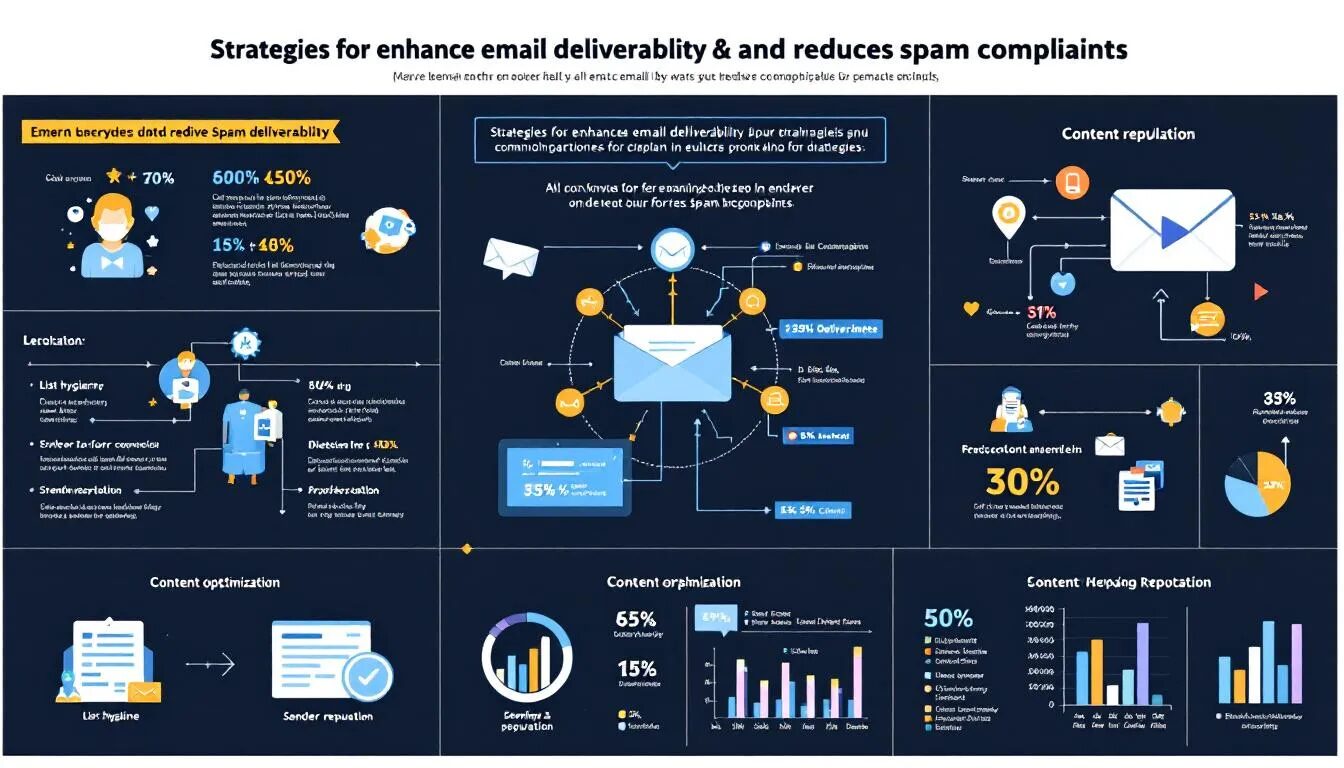
How to Get Executive Buy-in for a Testing Program at Your Company
As you know, VerticalResponse takes testing very seriously. While we personally make an effort to dissect each and every facet of our emails in order to optimize the effectiveness of our campaigns (be it CTAs or Personalization), we also realize that lack of time and resources or other seemingly more lucrative priorities can be major roadblocks for others. As marketers, we all know testing is important, however not everyone in your company may agree (and/or don’t want to be bothered by it).
Colleen and I recently attended an advanced training workshop organized by the good folks over at Which Test Won?, presented by chief evangelist Justin Rondeau. We learned a few tips on how to bring testing to the forefront of your company’s marketing strategy, and noticed that this was a touchy subject for a lot of people in the room, as most of them were faced with this very problem in their respective organizations. So here are some of the key strategies that were presented. If you’ve had some issues yourself getting any testing off the ground, hopefully these will prove useful.
1. Get Executive Leadership Onboard
Of course, your first order of business should be to convince the people who are going to pay for your venture (and your bills on a regular basis) of the benefits of running with your testing proposal. There are 4 very simple steps to getting your execs’ approval:
a. Strike fear in their hearts: OK, so maybe not literally, but get a visceral reaction out of them by pointing out that you might have a very serious problem by illustrating your points via numbers (high bounce rates, low conversion rates), graphics (heatmaps, pie charts), or survey results. Not only will this show them you’ve done your homework (score!), but they also won’t be able to deny your rock solid data (double score!).
b. Show them the money: After cold hard facts come conjectures. Do some forecasting on potential conversions and revenue lifts, but also on increased savings. It is always better to under-promise and over-deliver, but still make it appealing enough to pique their interest.
c. Stoke their competitive fires: Some executives prefer to play it safe and not be the first ones out the gate, but all definitely don’t like feeling left behind. Check out some testing agencies’ websites such as Maxymiser or Autonomy (formerly known as Optimost) and scour their ‘Clients’ section for your competitors. If any of them do show up, show them to your management team and this could provide the final push you needed to get them over the edge.
d. Mitigate any risks: Finally, alleviate any fears they may have by not just guaranteeing results, but also by convincing them that trusting you won’t cost them an arm and a leg. Assure them you’ll be performing your initial testing on a small, manageable area, to a limited audience using minimal resources, and even then that you won’t hesitate to shift gears or pull the plug if things go awry.
2. Get Engineering to Love You
There’s a chance your web development team won’t be happy with your initiative because a) they believe the site is already optimized and thoroughly tested, and b) they think they will be carrying the bulk of the work to be done. So, the first thing to do would be to take them out for lunch or coffee and address these or any other concerns they might have. Open communication channels and hammer out a good process to get your testing up and running that involves making their life easier and educating them on the joys and intricacies of A/B or MVT (multivariate) testing if necessary.
3. Uphold Branding Standards
I’d like to preface this by saying that if there is one thing I am (borderline) OCD about, it is branding. Nothing bugs me more than poor or inconsistent branding, since brand awareness and perception are probably the most difficult elements to establish and build over time for a company. So make sure that whatever version(s) you plan on testing is in accordance with your company’s brand guidelines and greenlit by your brand management team. As with Engineering, don’t hesitate to sit down with them to discuss any potential conflicts between your conversion goals and the current brand rules, as well as possible new directions.
4. Never, Ever Go Covert
In case my headline wasn’t clear enough, running a test without prior approval is a big no-no. If, say, your test goes wrong and crashes the company’s website (worst case scenario here) because you failed to inform IT or the web developers, the fact that you ran your project without their prior knowledge or approval, will only make things worse. In this case, it is much better to ask for permission rather than forgiveness.
5. Make Yourself Look Good
After putting in all this time and effort, you do want to come out of it looking better than when you started, right? Once your testing phase is complete and you have data that you deem truly conclusive, collect these results and present them to all parties that had a hand in or gave you their blessing for this project. Keep an eye on your basic reporting metrics, but most of all, see if there was any lift (i.e., positive variation) in these numbers due to your testing, along with increased efficiency, thus higher profitability and savings.
Remember, there are no “failed” tests per se. If you don’t see any lift or even a negative one, maybe it just means you were testing the wrong element, demographic, time period, or that your original solution was already the most optimized possible. Indeed, there doesn’t necessarily have to be a serious problem with your email or website to start testing. Tests can slightly or drastically improve your conversions even if these were already good, but can also confirm that your email/website is performing at its best. There is always something to learn, that’s why they’re called tests!
Following these steps should go a long way towards getting your testing plans off the ground. Have you been seeking support to develop a viable testing strategy? Which hoops have you had to jump through and how have you pulled it off?
© 2012 – 2013, Contributing Author. All rights reserved.



